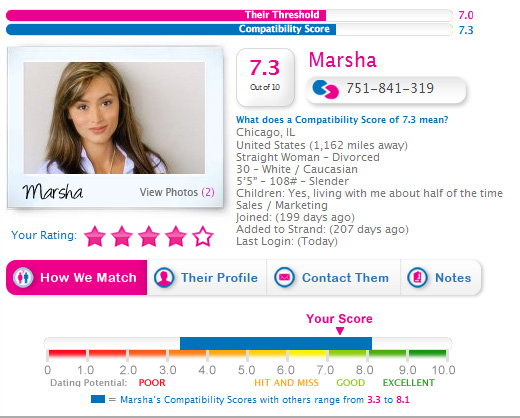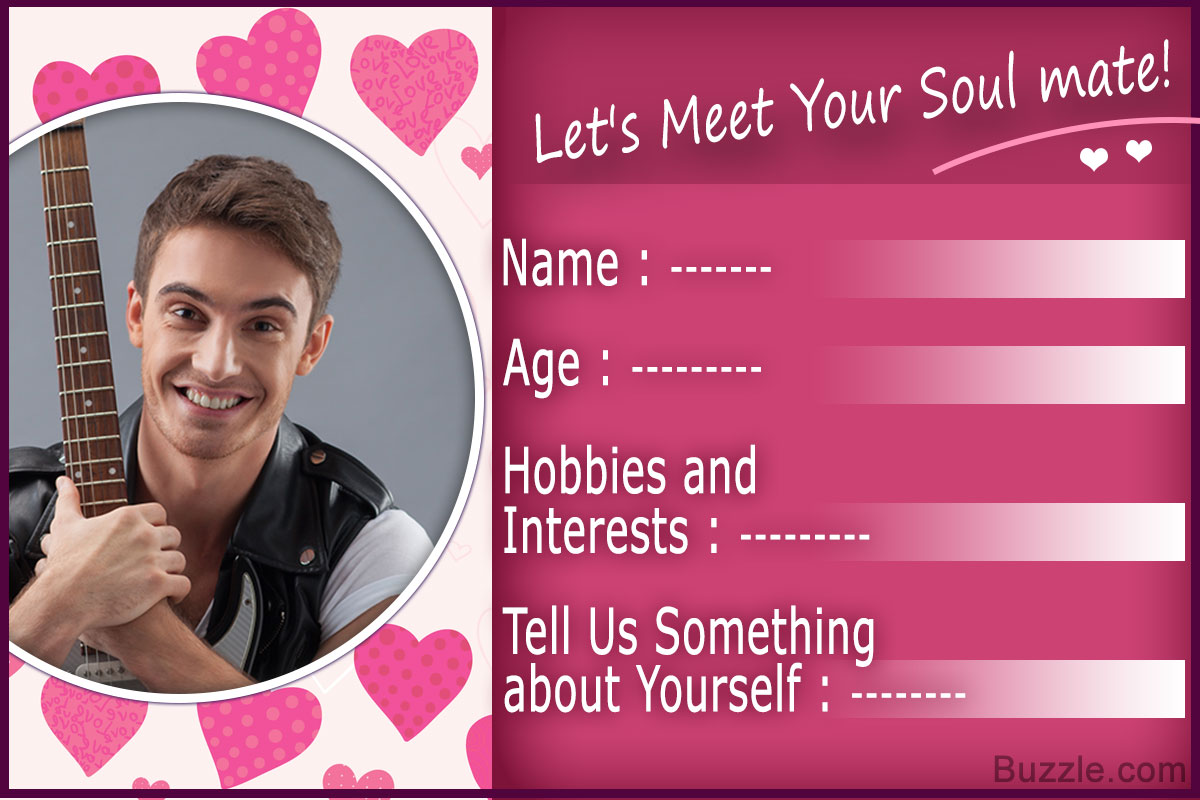

For that: Dating profile marriage gene
| Dating profile marriage gene | Ehats best free dating app for college students |
| Dating profile marriage gene | Dating shiw where tge guys wear masks |
| Dating profile marriage gene | Free online dating site united state |
Your choice of a life partner is no accident
Chances are, you’re going to marry someone a lot like you. Similar intelligence, similar height, similar body weight. A new study of tens of thousands of married couples suggests that this isn’t an accident. We don’t marry educated people because we happen to hang around with educated people, for example—we actively seek them out. And these preferences are shaping our genomes.
“This is a very exciting paper,” says Matthew Keller, a behavioral geneticist at the University of Colorado in Boulder who was not involved with the work. “Much ink has been spilled on why mates are correlated on so many traits.”
To conduct the study, Matthew Robinson, a postdoc in the lab of geneticist Peter Visscher at the University of Queensland in Brisbane, Australia, and colleagues turned to large databases that include information on human physical and genetic traits. They homed in on a person’s genetic markers for traits such as height and body mass index (BMI) to predict the height and BMI of their partner. If the underlying genetic traits suggested an individual was tall, for example, their partner should also be tall. Then the researchers compared the partner’s actual height against the predicted height.
When the scientists performed these calculations for more than 24,000 pairs of husbands and wives of European ancestry, they found a strong statistical correlation between people’s genetic markers for height and the actual height of their partner. They also found a statistically significant, but weaker, correlation between people’s genes for BMI and actual BMI in partners: People had actively chosen partners with similar genes to themselves, the team reports today in Nature Human Behaviour.
This is evidence in humans of assortative mating, which is a form of sexual selection in which individuals with similar traits mate with one another more frequently than would be expected under a random mating. It has been documented in nature, such as when more brightly colored eastern bluebirds mate with each other and when duller colored bluebirds pair up—or when big Japanese common toads mate, whereas small ones stick to themselves. Such assortative mating increases relatedness in families and can help their offspring survive better as long as the trait under selection (larger size, for example) continues to be beneficial—helping males acquire and fend off mates, for example.
The researchers also tested for assortative mating in other traits, such as years of education, in 7780 couples in a U.K. database. They looked for concordance among partners in genetic markers previously linked to years of education, and found a remarkably high correlation. This doesn’t mean that people choose mates based on actual years of education, but it likely implies that they select for similar interests, which are associated with level of education, Robinson says.
These findings suggest that mate choice “affects the genomic architecture of traits in humans,” Robinson reported in the paper. Assortative mating boosts the odds that a trait, such as height, will be passed to offspring. That has implications for genetic models that predict how likely it is that members of a family will inherit a trait, whether it’s a disease such as schizophrenia or a physical trait, such as height.
The next step, says Keller, is to use the new method to “understand why spouses are similar on many other, behavioral traits, such as IQ, political preference … and psychiatric disorders.” Robert Plomin, a behavioral geneticist at King’s College London, adds that new research suggests humans with autism, schizophrenia, and attention deficit hyperactivity disorder tend to marry each other, and that the new method can explore whether those choices, too, are rooted in DNA.
Robinson hopes to use his method to test more similarities in couples, including his own marriage. “Yes, we both have Ph.D.s and we’re both tall,” he says. “We fit the bill.”
doi:10.1126/science.aal0589

Ann Gibbons
Ann is a contributing correspondent for Science.

0 thoughts to “Dating profile marriage gene”